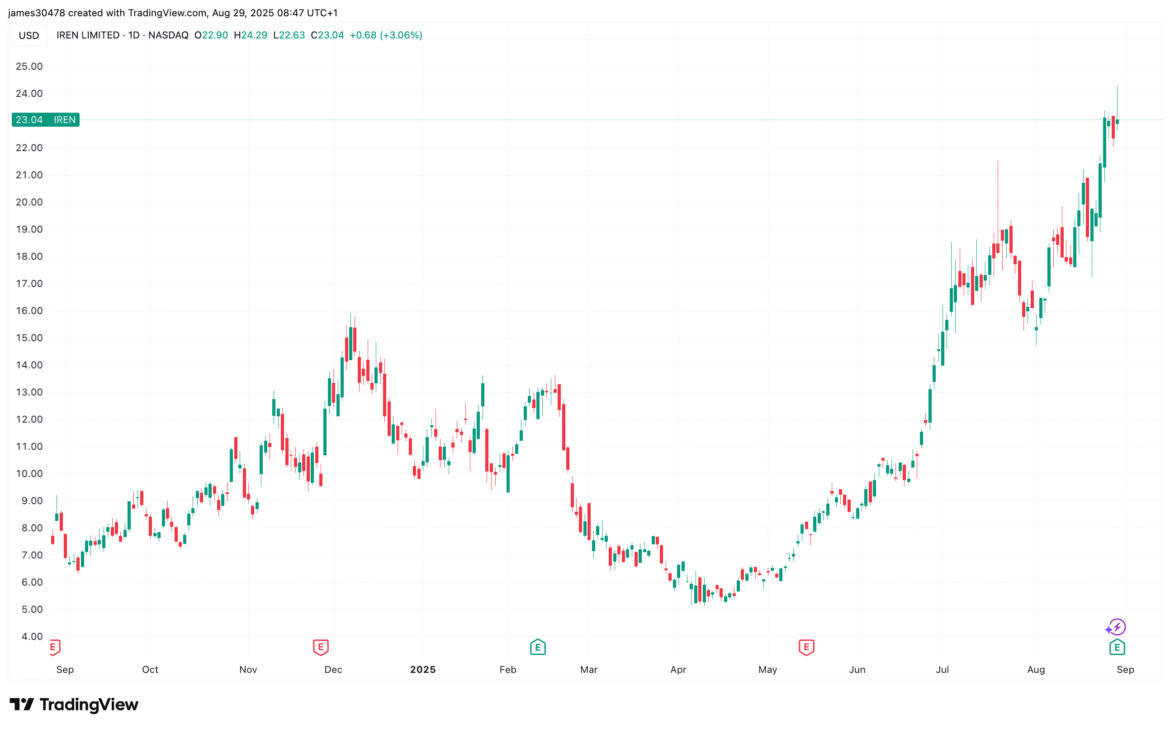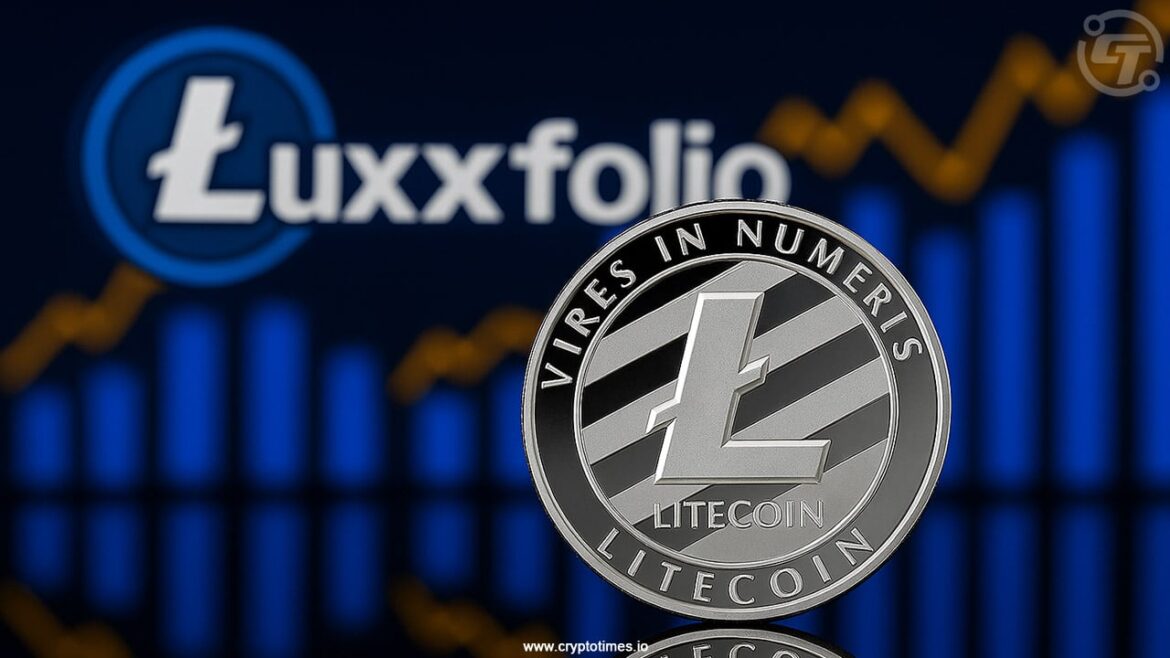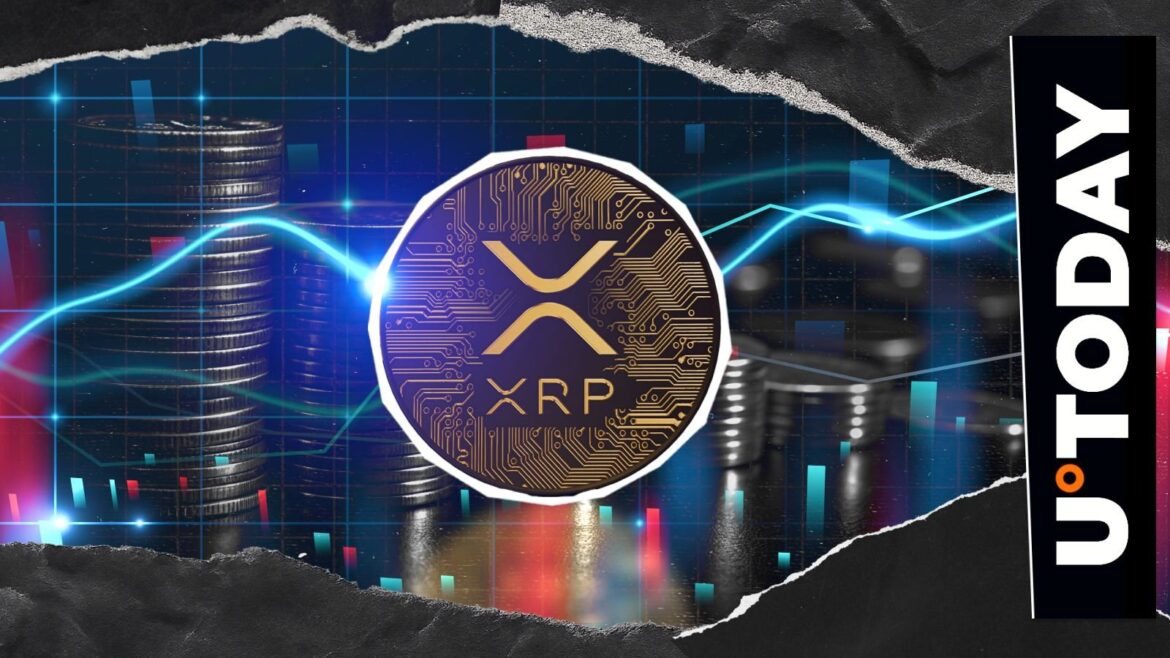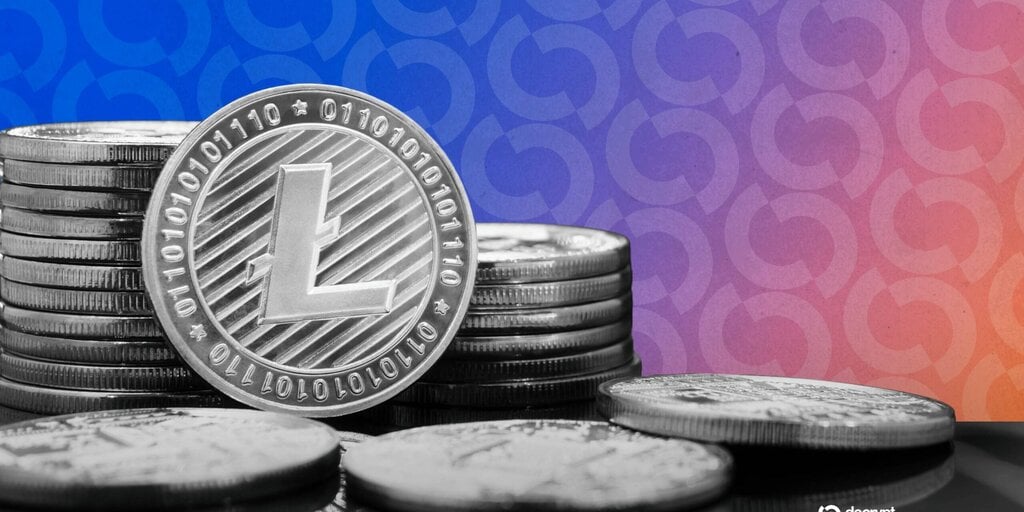Trusted Editorial content, reviewed by leading industry experts and seasoned editors. Ad Disclosure
Cardano has taken a decisive step toward its long-planned throughput upgrade: a public Cardano Improvement Proposal (CIP) for “Ouroboros Leios” is now live for community review in the Cardano Foundation’s CIP repository. Announcing the submission on August 27, Input Output’s director of software architecture Nicolas “BeRewt” Biri wrote: “So, here it is, we now have a public and submitted CIP for Leios. More than ever, it’s now time for feedback… it may be too early to celebrate… but it’s a huge milestone.”
Cardano’s Leios CIP Goes Public
The pull request, titled “CIP-???? | Ouroboros Leios – Greater Transaction Throughput,” is open as PR #1078 with the “Category: Consensus” label and an initial “State: Triage,” indicating it has entered the formal editorial pipeline but has not yet been assigned a permanent number. The submission tracks multiple commits refining the draft and links to discussion and implementation materials, including a dedicated Leios R&D site and discussion forum.
Notably, the PR lists Intersect as an implementor, underscoring the coordination between research, engineering, and standards processes that Cardano uses to advance core protocol changes. In an on-thread note, a CIP editor remarked that the document “looks practically ready for merge,” adding that editors would likely introduce it and “assign a CIP number at the next CIP meeting,” while still putting it through the usual review steps.
Leios is positioned as the next significant redesign of Cardano’s Ouroboros consensus, targeting materially higher throughput while preserving the security guarantees that define the protocol lineage. Prior briefings describe a concurrent structure built around specialized block types—“input,” “endorsement,” and “ranking”—to parallelize work across the network without collapsing the separation of concerns in Ouroboros Praos.
That architectural choice is meant to unlock capacity while maintaining decentralization and censorship resistance. The underlying research, first articulated in IOG’s “Ouroboros Leios: design goals and concepts,” frames the objective as “substantially” increasing data and CPU throughput by re-architecting the algorithmic dependencies that bottleneck prior variants, while also exploring features such as tiered fee service levels and faster sync paths. The paper is explicit about trade-offs—including increased resource use and potentially higher transaction latency—which are analyzed within the security model.
Biri’s announcement contextualized what reviewers should expect. He said the team is “going through the description of the proposal and explains the design choices and tradeoffs,” and summarized coverage areas as the “detailed description of the proposed variant of Leios,” “implementation material (formal specification, mini protocols description),” “tradeoffs and problem space,” “potential (positive) impact on script budget,” and “resistance to attacks.” He also disclosed that the internal “secret roadmap” had targeted a pull request by the end of August, and that the draft integrated feedback around failed transactions while aiming for a “more minimal impact on dApps.
The submission also triggered the now-familiar throughput vs. decentralization debate. When a community member asked what, exactly, warranted celebration, Biri answered: “That we have a solid and safe design for high throughput on Cardano.” And when prodded on whether Cardano should “compromise” in the way some faster chains do, he pushed back: “That’s why we didn’t follow that road… What we have is the best tradeoff without sacrifice.”
Responding to a speed comparison with Solana, he added: “It ain’t and can’t be, because of the different security and model. If we want to compete speed wise with the fastest chains, we need to agree on giving up some decentralisation, cost, or reliability dimensions.” The point, echoed in the Leios research, is that Cardano’s scaling agenda is bounded by explicit security-decentralization constraints the community has repeatedly prioritized.
At press time, ADA traded at $0.817.
ADA remains above the red zone, 1-week chart | Source: ADAUSDT on TradingView.com
Featured image created with DALL.E, chart from TradingView.com
Editorial Process for bitcoinist is centered on delivering thoroughly researched, accurate, and unbiased content. We uphold strict sourcing standards, and each page undergoes diligent review by our team of top technology experts and seasoned editors. This process ensures the integrity, relevance, and value of our content for our readers.










